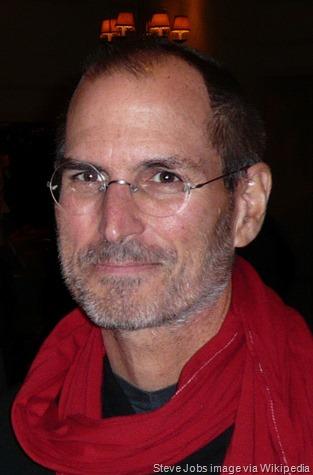 As a long-time business executive and adviser to entrepreneurs, I see a definitive shift away from customer trust in traditional business messages, and the executives who deliver them. Today’s digitally distracted consumer is led to trust only things that they see with their own eyes, senses, so they can render their own judgment. They want the raw data versus a polished message.
As a long-time business executive and adviser to entrepreneurs, I see a definitive shift away from customer trust in traditional business messages, and the executives who deliver them. Today’s digitally distracted consumer is led to trust only things that they see with their own eyes, senses, so they can render their own judgment. They want the raw data versus a polished message.
This distrust for the scripted message has led to a new demand for unfiltered marketing, and the emergence of business credibility heroes, like Elon Musk, with his bold statements about space travel, and sometime villains, such as Mark Zuckerberg defending Facebook privacy practices.
I just finished a new book, “Unfiltered Marketing,” by Stephen Denny and Paul Leinberger, which helped me put this digital communication transformation into perspective for all business owners. I believe that the sooner every entrepreneur and brand builder adapts to this emerging trend, the sooner they will find success. I summarize the key elements of the transformation as follows:
Customers are seeking control in a run-away world. All of us are struggling to keep up in this age of technological acceleration, where we learn every day that we can’t trust links in our email, marketing guarantees, or phone requests from people we don’t know. We want to eliminate the intermediaries and trust our own eyes and ears, and raw data.
In addition, I see consumers taking more control, using the technology to converse with each other, and assert their position through reviews and forums. The result is a shift from business-to-consumer (B2C) to a consumer-to-business (C2B) control trend.
Unscripted communication builds trust and credibility. Unfiltered means first-person delivery without enhancement so you can apply your own experiences and point of view to what you are shown and hear, allowing you to use your judgment to form opinions. Brands and executives willing and able to do this become the most trusted and credible.
Unscripted is the same concept, applied to a marketing communication. Customers these days are turned off by timeless safe messages, delivered repeatedly on traditional media. For trust, they look online to see how you handle real support and satisfaction issues.
Real-time in-process updates vs after-the-fact stories. Every consumer today wants to be an insider and development contributor to the finished product, or at least feel connected to it throughout the process. This breeds loyalty, trust, and advocacy, as opposed to skepticism or downright distrust of everything you say or do.
Back in 2016, when a fire at the Delta Airlines center took thirty servers offline, stranding thousands of customers around the world, CEO Ed Bastian built great credibility by using Twitter for frequent status updates. He didn’t wait for the well-crafted recovery story later.
Experts and in-context facts substantiates credibility. Using recognized experts and social media influencers turns the marketing context into teaching as opposed to selling. Consumers today want the raw “how and why” behind what you say, so they can align their own emotional needs and interests with yours, generating trust and confidence.
Many lifestyle and cosmetic brands have already learned that social media influencers are much more effective in building credibility than traditional marketing. Huda Kattan, an influential beauty expert, has 29 million followers for the makeup tutorials she puts out.
Heroic credibility requires bold statements and values. Credibility and trust require values beyond “making money” and “shareholder return.” Align your values with your customers, and societal needs, without moralizing on issues on which you have no authority. Be bold, even to the point of being uncomfortable and showing vulnerability.
Blake Mycoskie, for example, has built heroic credibility by giving away close to 100 million pairs of shoes since founding Toms in 2006. His buy-one-donate-one model has since been adopted by socially conscious imitators, and is a model for business success.
A related challenge in this age of information overload is simply to get people’s attention. You can’t get their credibility and trust if they don’t know you exist, or your message is lost because it sounds like all the rest. The principles outlined here will highlight your intention in a very real way, and help you stand out above the crowd.
I’m sure that all of you recognize that the technology available for marketing has changed. It is important to use it, including instant messaging, streaming video, and interactive real-time feedback, but success is not all about technology. It’s also about you, and your ability to take bold and innovative steps to provide the leadership we all desperately seek. Take your first step today.

